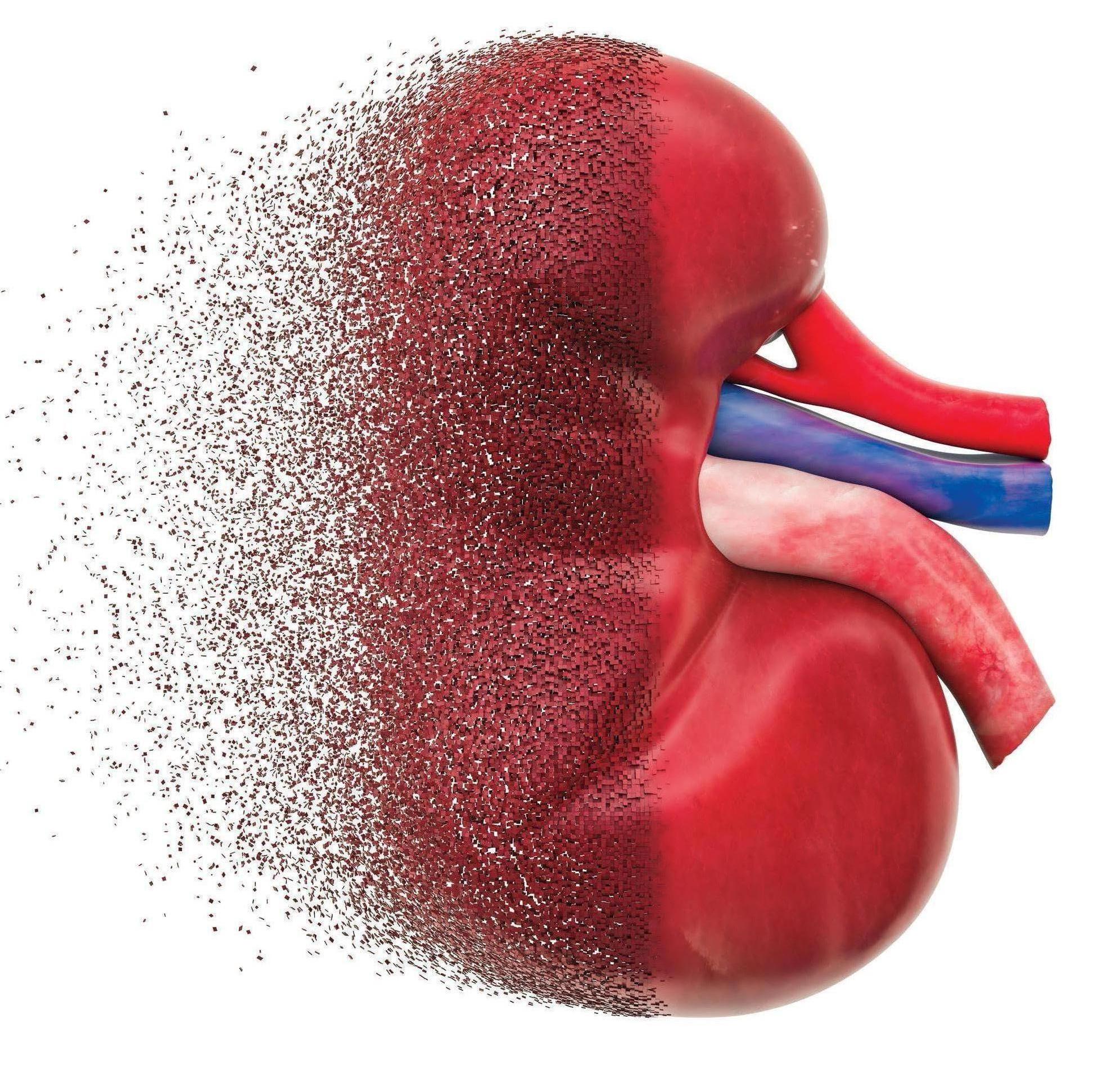
MORE THAN 30 years and 35 countries. These are the only definitive data available about the chronic kidney disease of unknown origin or CKDU-a condition whose mysterious nature is evident from its name.
Chronic kidney disease, which is characterised by progressive loss of kidney function, is usually reported among those suffering from diabetes, hypertension and glomerulonephritis (a type of kidney inflammation), or those who have inherited genetic diseases that damage this key filter system of the body. But scientists have so far not been able to pinpoint what causes CKDU. This knowledge gap hampers efforts to prevent new cases and slow progression of the disease, which can be fatal. Doctors say the condition usually remains undiagnosed until kidney failure.. What's alarming is that the prevalence of CKDU is on the rise globally.
CKDU was first identified in Sri Lanka and India in the 1990s. Soon, the disease was also reported from Central American countries. According to a review paper published in Environmental Geochemistry and Health on September 12, 2022, CKDU was initially limited to tropical countries. But in the last three decades, it has been reported from 35 countries, including the US and UK. Though no data is available on the global burden of CKDU, the paper estimates that the disease could be responsible for over 30,000 deaths a year and that Sri Lanka and India have the highest number of people affected by CKDU.
According to the Indian Chronic Kidney Disease Burden 2022, published in Clinical Kidney Journal, 19.5 per cent of all chronic kidney disease patients in the country are classified as CKDU. The rate is on par with chronic kidney disease triggered by diabetes (24.9 per cent) and by cervical intraepithelial neoplasia (23.2 per cent), characterised by abnormal growth of cells on cervix.
Denne historien er fra April 16, 2024-utgaven av Down To Earth.
Start din 7-dagers gratis prøveperiode på Magzter GOLD for å få tilgang til tusenvis av utvalgte premiumhistorier og 9000+ magasiner og aviser.
Allerede abonnent ? Logg på
Denne historien er fra April 16, 2024-utgaven av Down To Earth.
Start din 7-dagers gratis prøveperiode på Magzter GOLD for å få tilgang til tusenvis av utvalgte premiumhistorier og 9000+ magasiner og aviser.
Allerede abonnent? Logg på
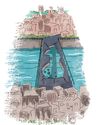
Invisibilised localities
AN ETHNOGRAPHIC STUDY ON THE NETWORKS, CULTURAL TRADITIONS AND OBSTACLES FACED BY RESIDENTS OF JHUGGIS AND TRANSIT CAMPS WHILE DEALING WITH EVICTION POLITICS AND INEQUALITIES IN DELHI
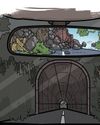
TUNNEL VISION
Bengaluru's civic body must ascertain suitability of the city's geology before moving ahead with its tunnel road project for seamless travel
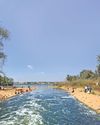
SAFETY IN CIRCULARITY
Global standards of water availability show that India is water stressed. Reusing treated wastewater can augment water supply while solving the problem of its safe disposal. FARAZ AHMAD and SUMITA SINGHAL analyse wastewater management practices of 16 cities in seven states to understand the challenges and potential areas of reuse
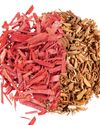
AGAINST THE GRAIN
India's two most valuable timbers-sandalwood and red sanders-have long been bound by restrictive regulations designed to curb illegal trade. Encouraged by the government decades ago with promises of windfall profits, farmers took to commercial cultivation, investing years of patience and effort. Now, as they prepare to harvest, a harsh reality is setting in-the promise of big profits is not quite holding up. HIMANSHU NITNAWARE travels to 19 villages across Karnataka, Andhra Pradesh and Telangana to explore the reasons
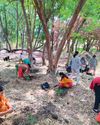
Guardians of forest
Communities across Maharashtra take on the mantle of biodiversity conservation; replicate sacred groves on common land

Climate talks
Anil Agarwal Dialogue 2025 sees discussions on the state of India's environment, energy ambitions and emerging health threats

Mission for inclusion
Vidya Rajput leads the fight for transgender community's rights and acceptance in Chhattisgarh
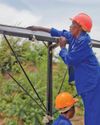
Ready for power shift
An unprecedented drought forces hydropower- dependent Zambia to diversify its energy portfolio, embrace solar power

THE GREAT FARM HUSTLE
Agroforestry is fast emerging as a win-win strategy to mitigate climate change and improve farmers' income. It is particularly so in India, home to one-fifth of the agroforestry carbon projects in the world. Over the past months ROHINI KRISHNAMURTHY has travelled to almost 20 villages across the country to understand how this market works. At all locations, she finds that communities and their land and labour are central to the projects. But they do not always benefit from the carbon revenue
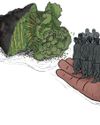
CAN AGROFORESTRY CREDITS BE SAVED?
Ensure that farmers benefit from the carbon revenue and stay protected against market failure
